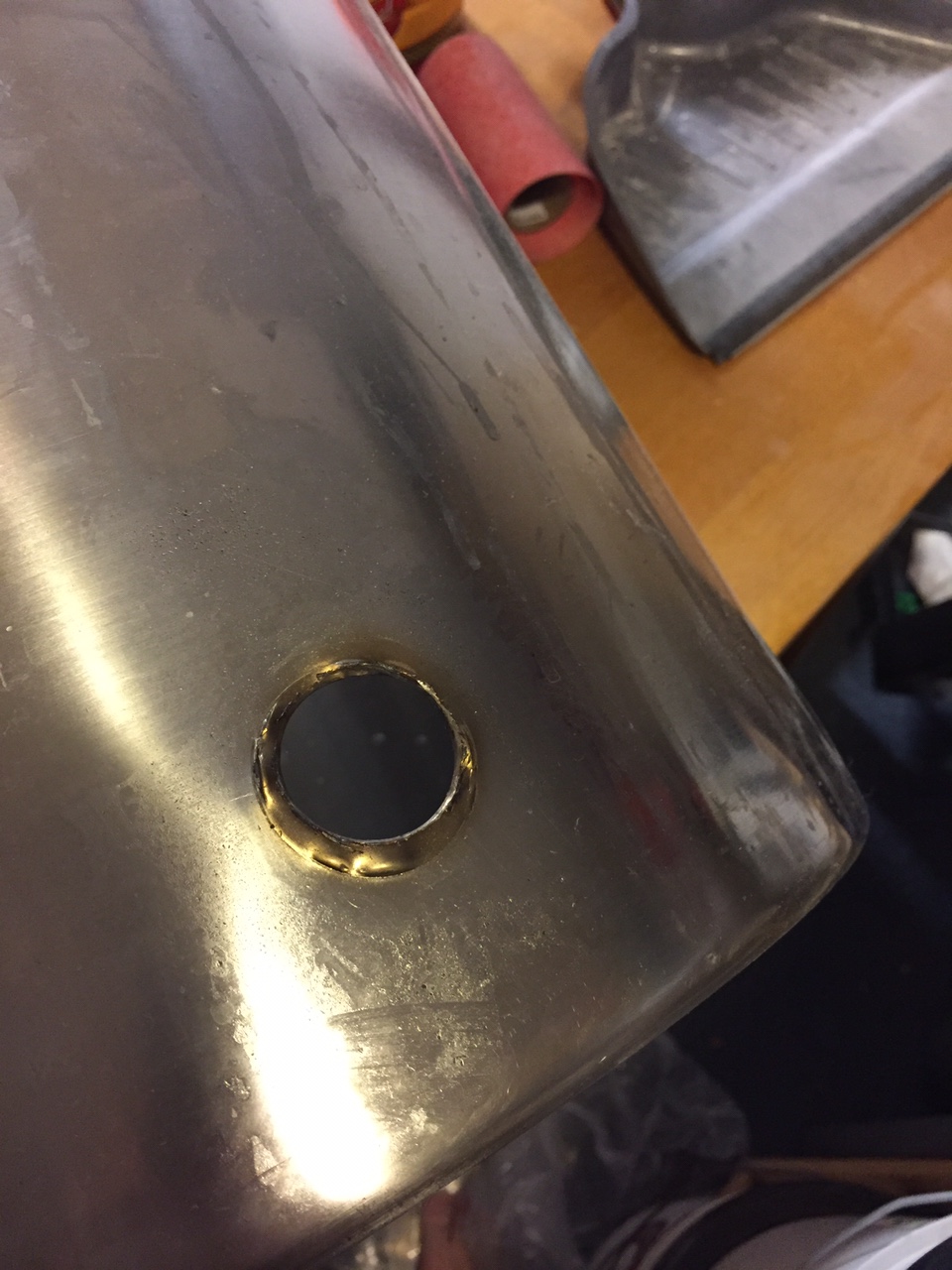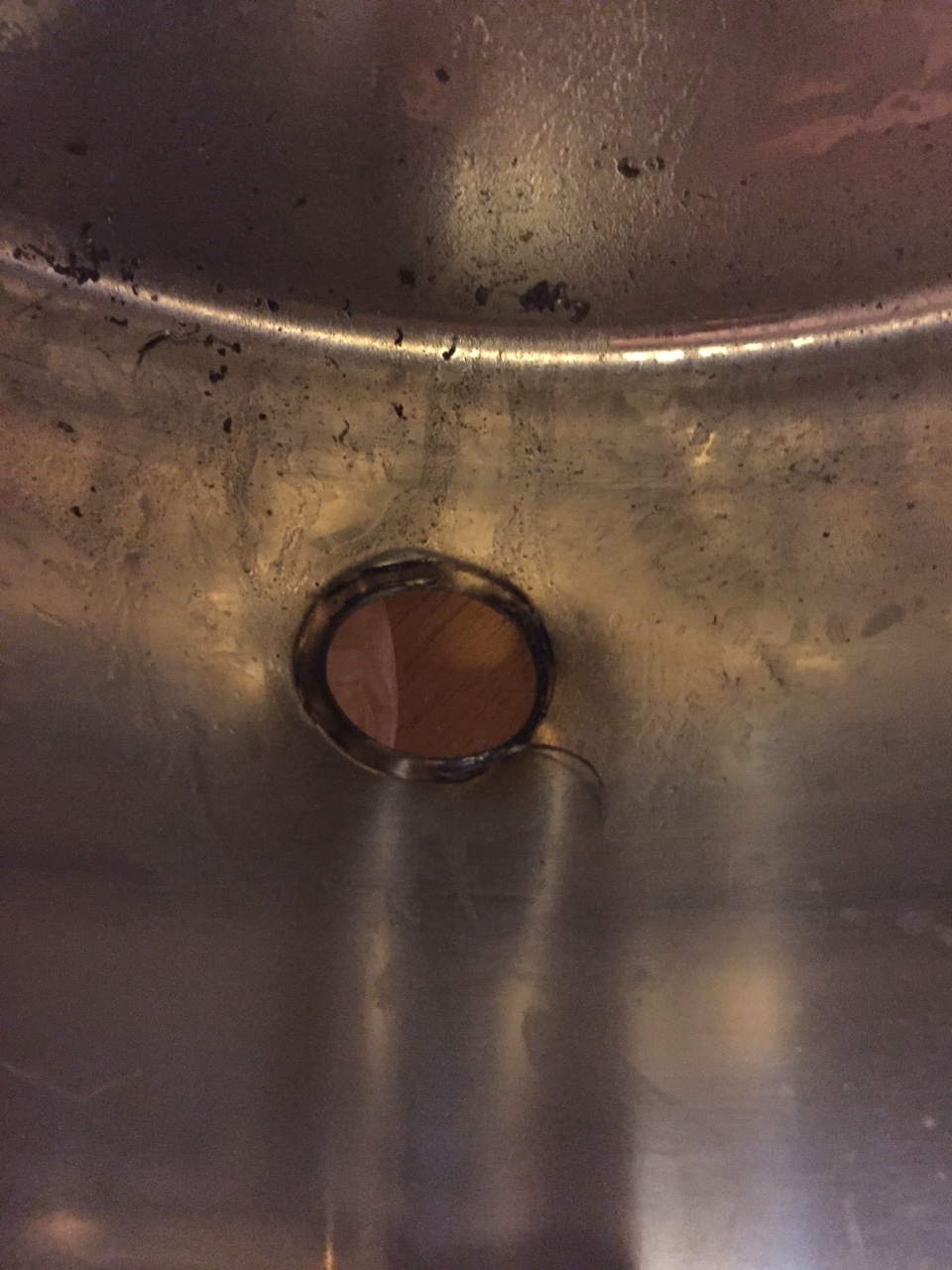Hey all,
Long time lurker/some-times poster here. I'm building my eHerms system, and I admittedly bought some of the cheapest tools available (https://www.harborfreight.com/knockout-punch-kit-10-pc-60575.html) for the job. I used the 1-1/4 knockout punch to try to cut a hole in the side of my HLT (10-gallon stainless stock pot) for a 5500w heating element, but the darn thing won't cut. I've cut a few other holes in some other components with this kit and they worked just fine, but it simply refuses to cut this 1-1/4 inch hole in the side of my HLT, and in trying, the cutting edge of the punch is dulling and nearly flattening. I followed up with a step drill bit to try to cut the hole (https://www.harborfreight.com/2-pie...oated-high-speed-steel-step-drills-96275.html) but this drill bit won't cut. The bit will turn and turn and it looks like there's a ton of heat being generated, enough to deform the hole near the bit and almost turn it red hot, but the step bit won't advance.
Am I simply falling victim to the perils of using cheap tools (i.e. should I drop the $50-60 to get a Greenlee knockout punch, or $65 to get a professional step bit), or could there be something else going on here? Thanks in advance for any useful suggestions.
Cheers,
shoshin
Long time lurker/some-times poster here. I'm building my eHerms system, and I admittedly bought some of the cheapest tools available (https://www.harborfreight.com/knockout-punch-kit-10-pc-60575.html) for the job. I used the 1-1/4 knockout punch to try to cut a hole in the side of my HLT (10-gallon stainless stock pot) for a 5500w heating element, but the darn thing won't cut. I've cut a few other holes in some other components with this kit and they worked just fine, but it simply refuses to cut this 1-1/4 inch hole in the side of my HLT, and in trying, the cutting edge of the punch is dulling and nearly flattening. I followed up with a step drill bit to try to cut the hole (https://www.harborfreight.com/2-pie...oated-high-speed-steel-step-drills-96275.html) but this drill bit won't cut. The bit will turn and turn and it looks like there's a ton of heat being generated, enough to deform the hole near the bit and almost turn it red hot, but the step bit won't advance.
Am I simply falling victim to the perils of using cheap tools (i.e. should I drop the $50-60 to get a Greenlee knockout punch, or $65 to get a professional step bit), or could there be something else going on here? Thanks in advance for any useful suggestions.
Cheers,
shoshin




